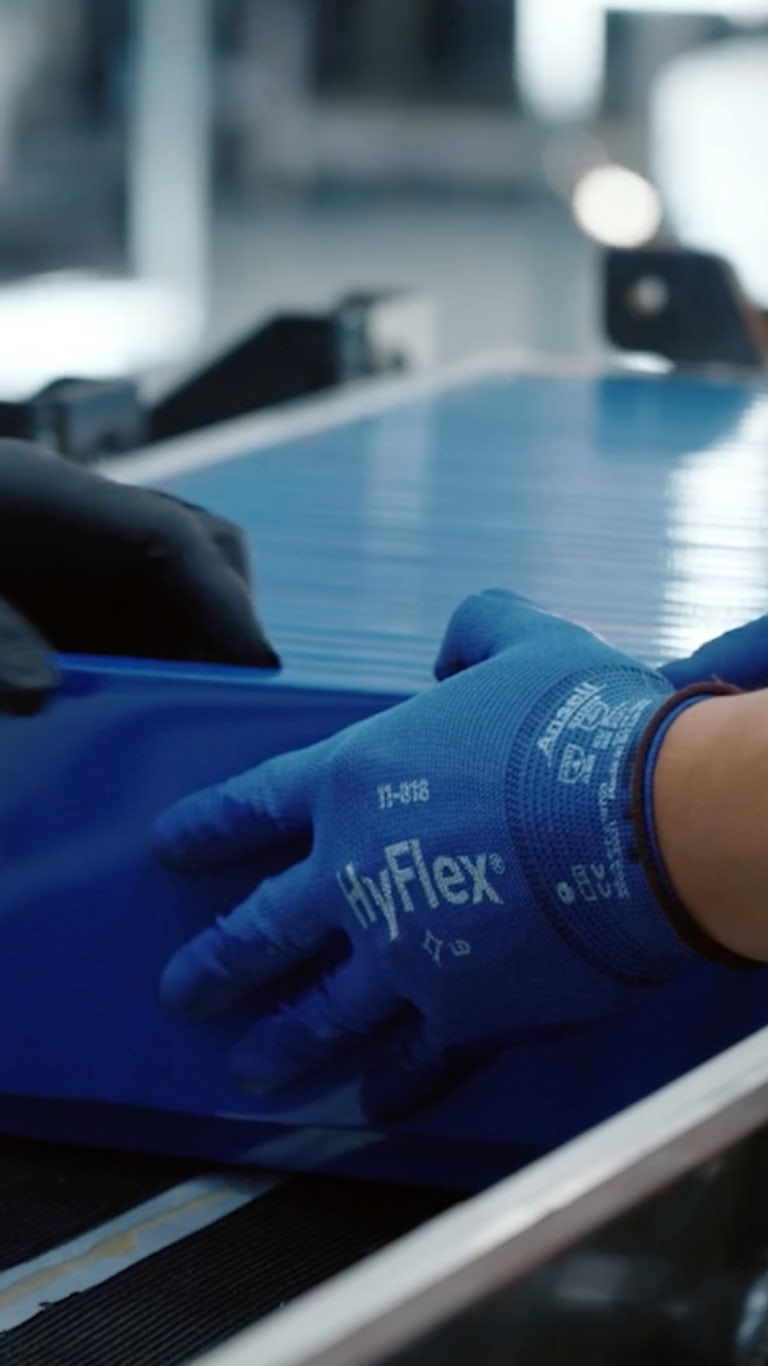ONE and L&F Announce Partnership on IRA-Compliant Cathode Active Materials for U.S. Made Batteries

ONE and L&F Announce Partnership on IRA-Compliant Cathode Active Materials for U.S. Made Batteries
NOVI, Mich. April 3, 2024 – Our Next Energy Inc., a Michigan-based energy storage technology company, and L&F, a South Korean-based leader in cathode active materials, have signed a Memorandum of Understanding (MOU) to collaborate on the validation, qualification and production of a mid to long-term supply of lithium iron phosphate (LFP) cathode active materials (CAM).
L&F has 17 years of CAM experience with nickel cobalt manganese (NCM), lithium cobalt oxide (LCO) and lithium manganese oxide (LMO) chemistries used by established electric vehicle manufacturers and battery producers. The company has five existing CAM factories in Korea and is exploring potential opportunities for future expansion to North America.
“There continues to be strong demand from U.S. companies in the transportation and stationary storage markets for IRA-compliant battery cells and packs,” said Paul Humphries, CEO of ONE. “L&F is an experienced CAM producer from a free-trade agreement country that can provide ONE with the highest-quality material, at the volume needed, to scale our Michigan cell factory.”
L&F’s CAM has already achieved similar performance compared to other leading LFP cathode players in the market. L&F also completed the construction of its LFP pilot line in Korea and is now preparing to scale production.
“This is a significant milestone for L&F as the company becomes the first Korean LFP CAM manufacturer to embark on mass production of IRA-compliant materials for use in U.S.-made battery cells,” said Su-An Choi, CEO of L&F. “With the need for cost-effective electric vehicles in the U.S. combined with the growing interest in LFP battery chemistry, L&F has moved quickly to invest in and expedite the development of CAM materials to respond to this demand.”
While specific volumes were not disclosed, the MOU could provide enough CAM to meet ONE’s 20 GWh needs when the company’s factory is scheduled to be at capacity in 2027.
Subscribe to our newsletter
Let's talk about finding the right energy storage solution for you.